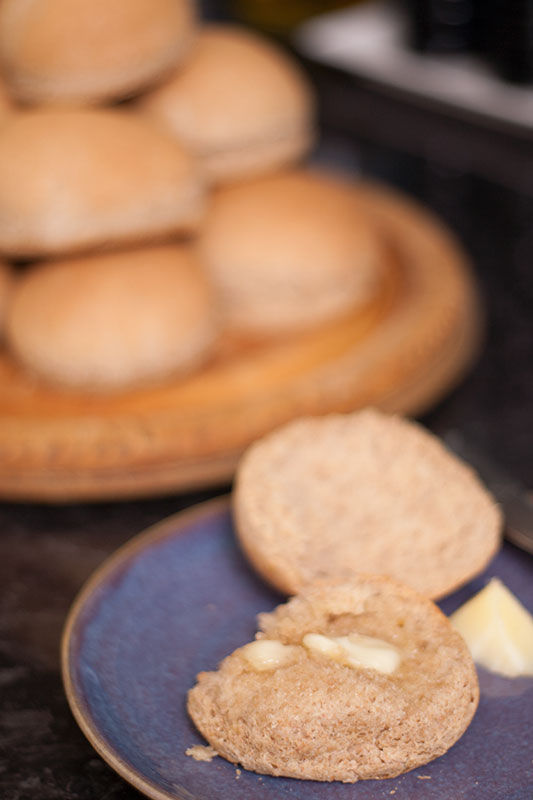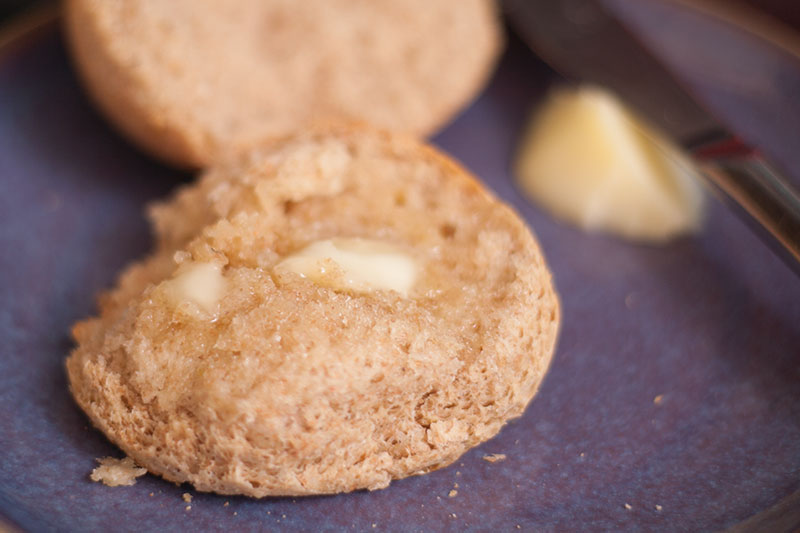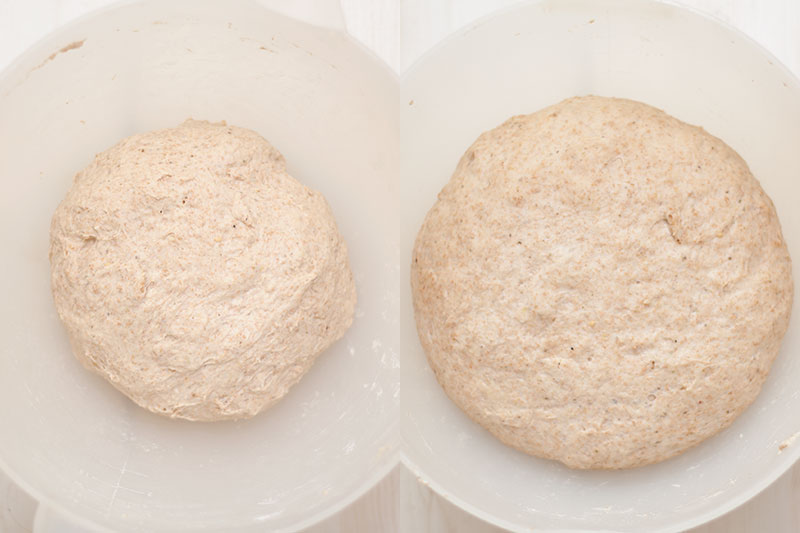I wasn’t going to make anything for the blog this weekend. I was feeling down and struggling to find the motivation to make anything, let alone think up, research and write a recipe, then test it for all you lovely blog reading people out there.
But then I remembered that I had stocked up on spelt flour a few weeks ago, direct from Shipton Mill, because white spelt flour (also known as ‘refined’ spelt flour) became hard to get hold of locally. Also, I bought a large bag of Palestinian Thyme, or Za’atar, only yesterday, as I love adding it to all sorts of recipes.

And if there’s one type of cooking that makes me feel good, it’s baking. I started to feel a joyful plan forming.
So I pulled together this simple recipe for spelt rolls and added a hint of flavouring with the addition of some Za’atar, then set to work in the kitchen and baked them. Before I knew it, the world felt like a happier place to be in.


Rising and proofing
I’ve also put together some images of before and after the dough rises, as well as before and after the proofing stage. You can see these below
1. Spelt dough before and after rising

2. Spelt rolls before and after proofing

Spelt rolls with za’atar
By Gavin Wren
Makes 10 small rolls
PDF recipe card to download or print
Ingredients
1 teaspoon fast acting yeast
300ml luke warm water, measured in a jug.
500g spelt flour (wholemeal, white or mix 50/50 of each)
1 teaspoon sugar
½ teaspoon salt
2 tablespoons za’atar
1 tablespoon olive oil
Directions
In a small dish or ramekin, mix the yeast with about 50ml (doesn’t need to be precise!) of the water from your jug. Leave for the yeast to dissolve for 5-10 minutes, giving it a stir with a teaspoon if needed.
Sift the flour into a large bowl, add the sugar, salt and za’atar. Mix these ingredients well by dragging your fingers through the bowl.
Add the yeast mixture, oil and and roughly 90% of the remaining water to the flour. Mix well by hand, using your fist to knead, until everything comes together into a smooth, soft dough. If the dough is quite dry, add the rest of the water and knead it in. If the dough is very sticky then you need to dust in a little bit more flour.
Next, leave the dough in the bowl, covered, for an hour at room temperature until doubled in size (see image 1 above). Meanwhile, grease two baking sheets with vegetable oil.
Take the dough out and knead it again for a couple of minutes, very lightly dusting the work surface with flour if it’s sticking a lot. Then divide the dough into 10 pieces, then roll each one under your cupped hand on the worktop to create a smooth ball. Place on the baking sheets, well spaced to allow for rising.
Leave them in a warm place for 30 minutes to rise – I sit them on top of the oven (see image 2 above. Then bake for 12-16 minutes – until they have browned slightly on top.

